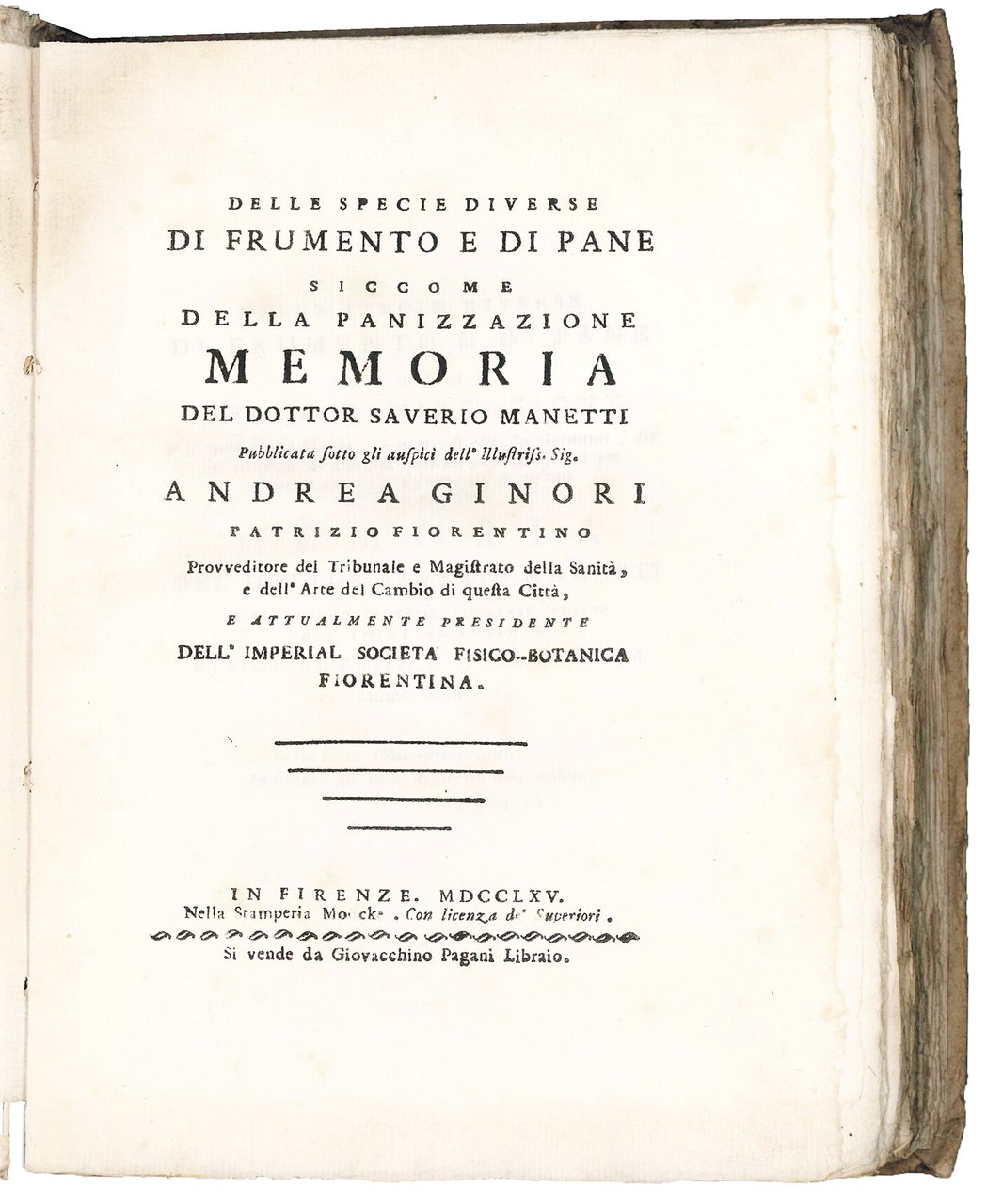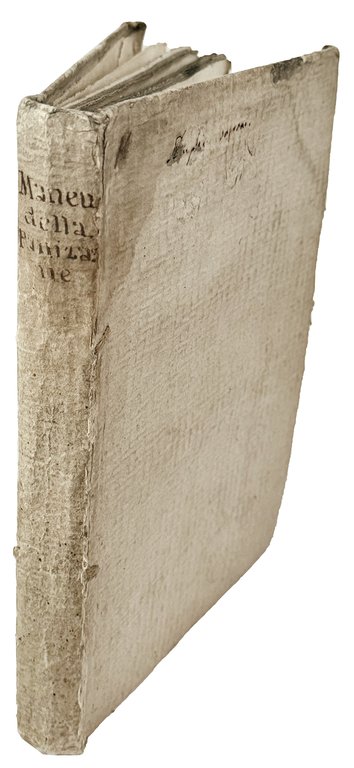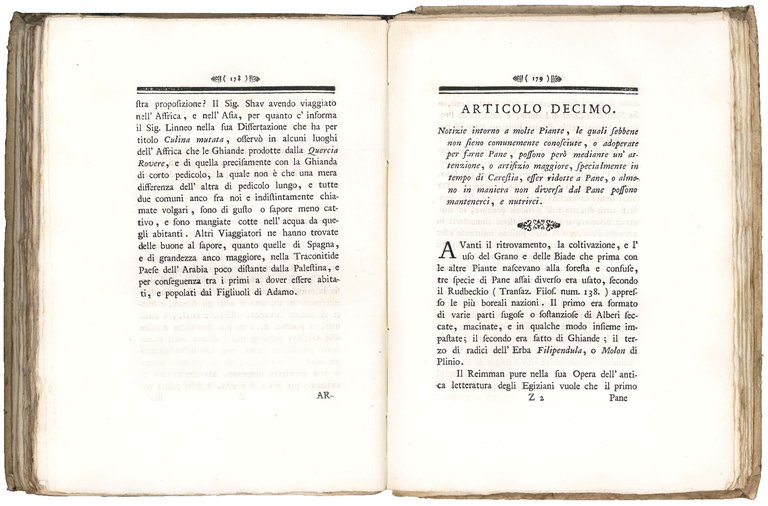


Livres anciens et modernes
MANETTI, Saverio (1723-1785)
Delle specie diverse di frumento e di pane siccome della panizzazione memoria del dottor Saverio Manetti pubblicata sotto gli auspici dell'Illustriss. sSig. Andrea Ginori patrizio fiorentino Provveditore del Tribunale e Magistrato della Sanità, e dell'Arte del Cambio di questa città, e attualmente presidente dell'Imperial Società Fisico-Botanica fiorentina
nella stamperia Moücke. Si vende da Giovacchino Pagani libraio, 1765
1200,00 €
Govi Libreria Antiquaria
(Modena, Italie)
Les frais d'expédition corrects sont calculés une fois que l'adresse de livraison a été indiquée lors de la création de la commande. Un ou plusieurs modes de livraison sont disponibles à la discrétion du vendeur : standard, express, economy, in store pick-up.
Conditions d'expédition de la Librairie:
Pour les articles dont le prix est supérieur à 300 euros, il est possible de demander un plan de paiement échelonné à Maremagnum. Le paiement peut être effectué avec Carta del Docente, Carta della cultura giovani e del merito, Public Administration.
Les délais de livraison sont estimés en fonction du temps d'expédition de la librairie et de la livraison par le transporteur. En cas de retenue douanière, des retards de livraison peuvent survenir. Les frais de douane éventuels sont à la charge du destinataire.
Pour plus d'informationsMode de Paiement
- PayPal
- Carte bancaire
- Virement bancaire
-
-
Découvrez comment utiliser
votre Carta del Docente -
Découvrez comment utiliser
votre Carta della cultura giovani e del merito
Détails
Description
First edition (a second edition appeared in Venice in 1766). Saverio Manetti was one of the founders of the Accademia dei Georgofili, the first European agricultural academy, and was deeply involved in agriculture and winemaking studies. His major work in this field was the treatise Delle specie diverse di frumento e di pane (‘On the different species of wheat and bread'), one of the best agronomic texts of the 18th century, which reflects Manetti's botanical and historical-naturalistic interests, but also the issue of the most serious subsistence crisis of the period, that of the years 1763-66, as well as the vital problem of peasant food and urban supply. The text not only describes the various types of wheat available and the changes that had taken place in Tuscan farming practices, but also suggests other types of plants (cereals, legumes, berries) “which share the characteristics of wheat and which, in the absence of bread as a common food, can replace it” (p. 2), and systematically examines other cereal species, such as rye and barley, which are easier to grow in mountainous terrain, can be made into bread, and have high yields; broomcorn, widespread in the Tuscan farming economy also due to its adaptability to difficult soils, “a very common ingredient in the bread of our poorest peasants,” which produced “very dense, black, and heavy bread, suitable for very robust people” (p. 93); legumes (broad beans and vetches), useful as renewal crops and also suitable for bread making, so much so that their flour “would not be unpleasant mixed with wheat, even for the rich”. Manetti then goes on to consider corn and potatoes, which were rarely cultivated in Tuscany, and other less nutritious species, usually used as animal feed, such as oats and millet. Delle specie also provided a picture of the suffering of the population in terrible years, especially during the famine of 1764. Without foreshadowing a transition to capitalist agriculture or the ‘large-scale farming' of the physiocrats, the treatise was nevertheless not just a technical response to the problems caused by poverty and famine, but more broadly explored the potential for improving the farm economy through the intensification of farm work and the managerial role of landowners (cf. R. Pasta, Manetti, Saverio, in: “Dizionario Biografico degli Italiani”, vol. 68, Rome, 2007, s.v.).
Italian Union Catalogue, IT\ICCU\NAPE\006025; Westbury, pp. 138-140.

